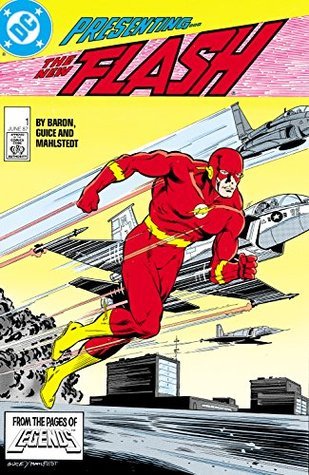
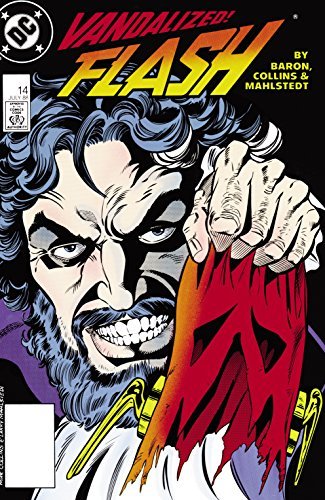
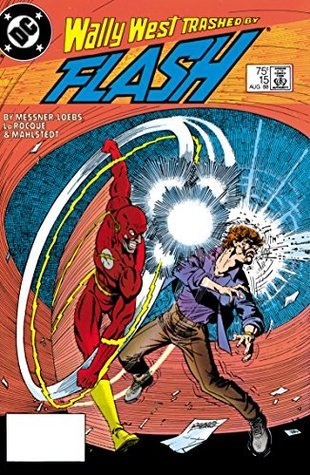
Books in series

The Flash (1987-2009) #1
1987

The Flash (1987-2009) #14
1988

The Flash (1987-2009) #15
1988
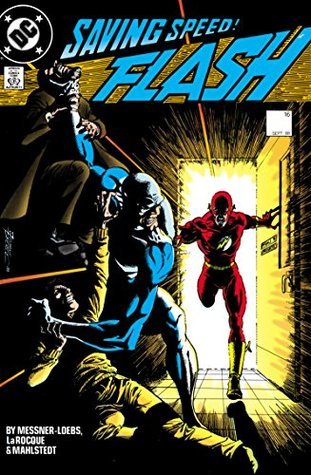
The Flash (1987-2009) #16
1988
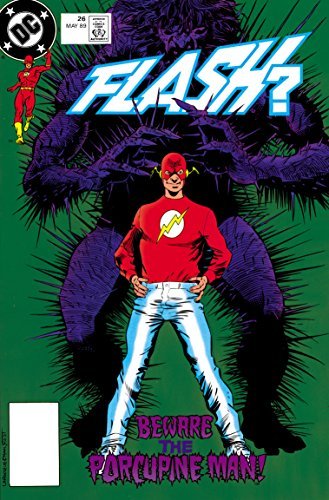
The Flash (1987-2009) #26
1989
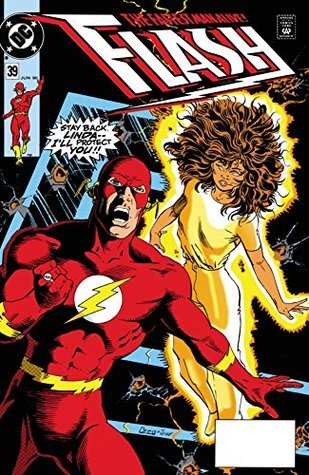
The Flash (1987-2009) #39
1990
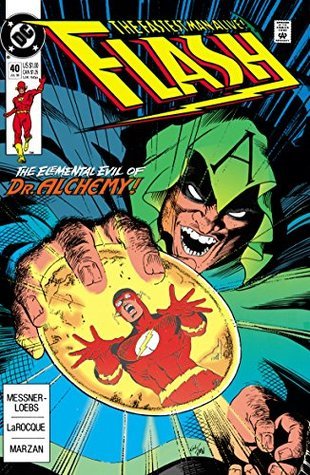
The Flash (1987-2009) #40
1990
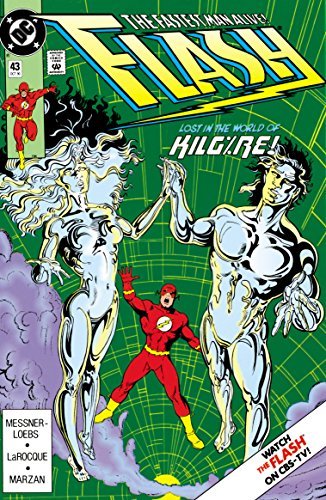
The Flash (1987-2009) #43
1990
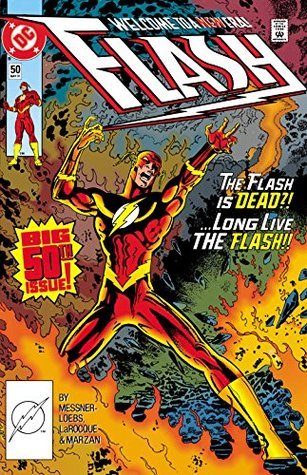
The Flash (1987-2009) #50
1991
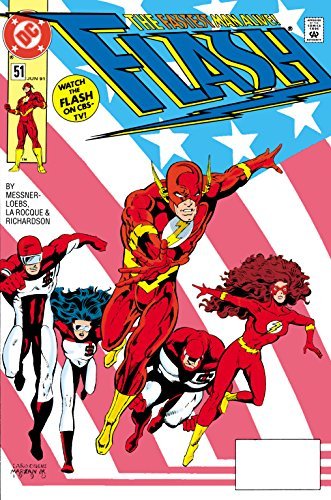
The Flash (1987-2009) #51
1991
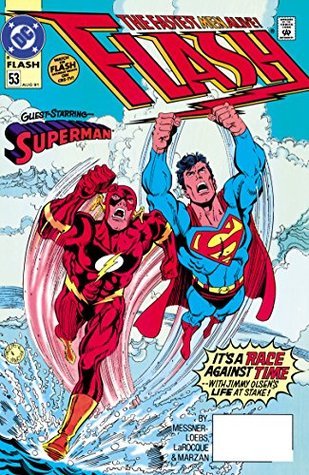
The Flash (1987-2009) #53
1991
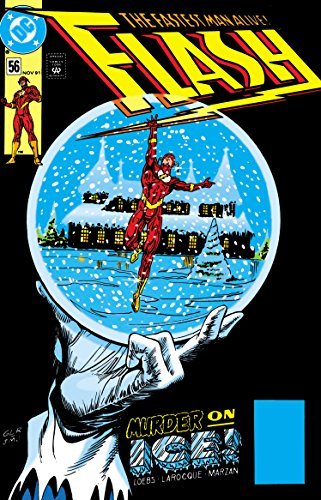
The Flash (1987-2009) #56
1991
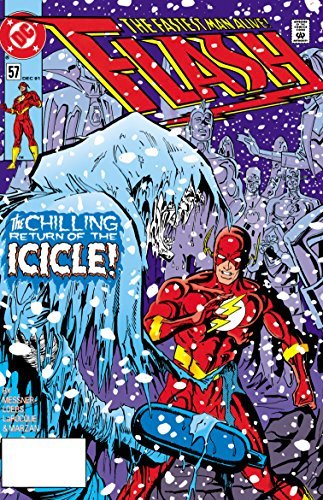
The Flash (1987-2009) #57
1991
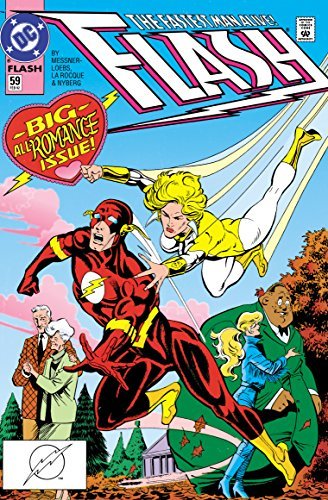
The Flash (1987-2009) #59
1991
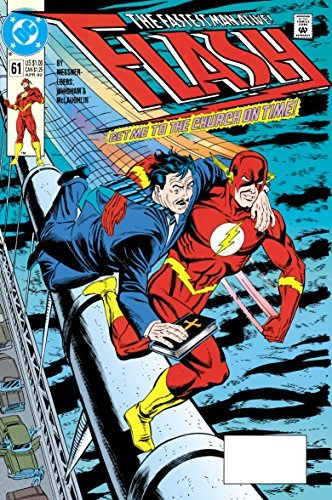
The Flash (1987-2009) #61
1992
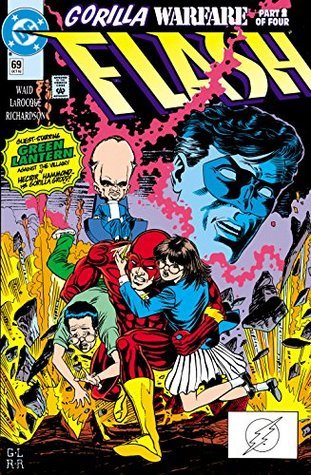
The Flash (1987-2009) #69
1992
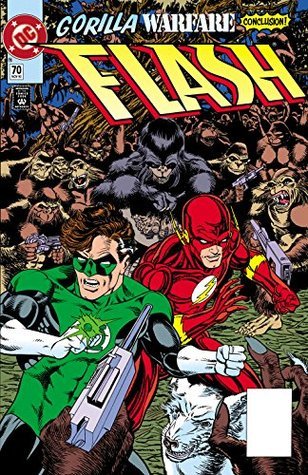
The Flash (1987-2009) #70
1992
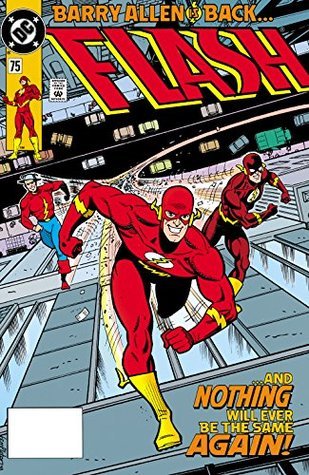
The Flash (1987-2009) #75
1993
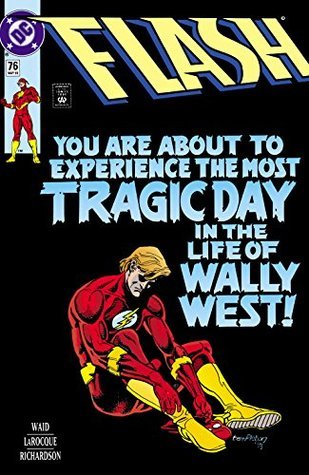
The Flash (1987-2009) #76
1993
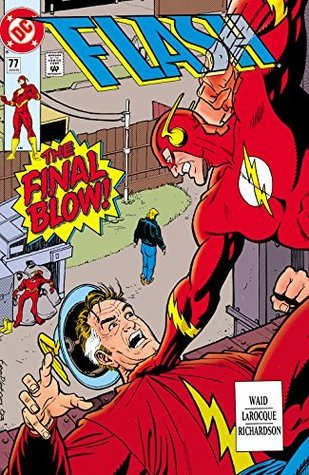
The Flash (1987-2009) #77
1993

The Flash (1987-2009) #78
1993
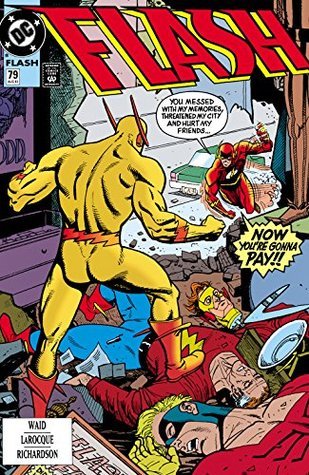
The Flash (1987-2009) #79
1993
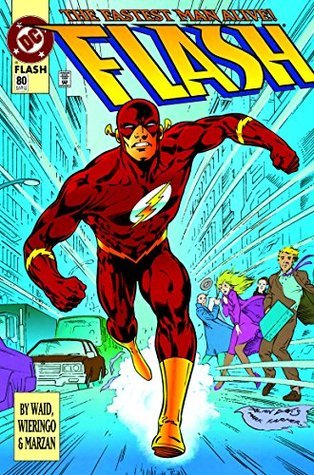
The Flash (1987-2009) #80
1993
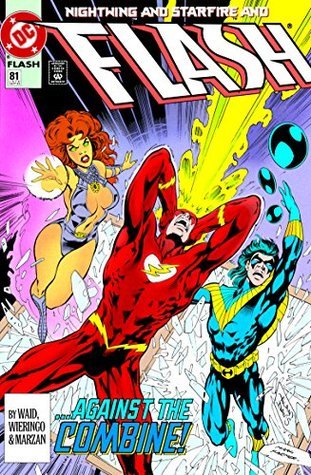
The Flash (1987-2009) #81
1993
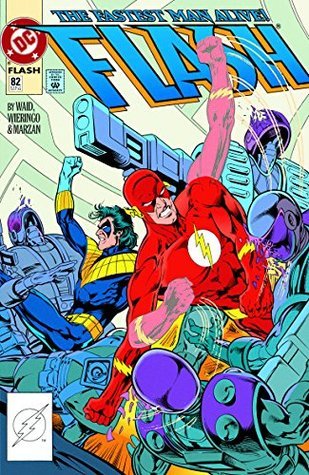
The Flash (1987-2009) #82
1993

The Flash (1987-2009) #84
1993
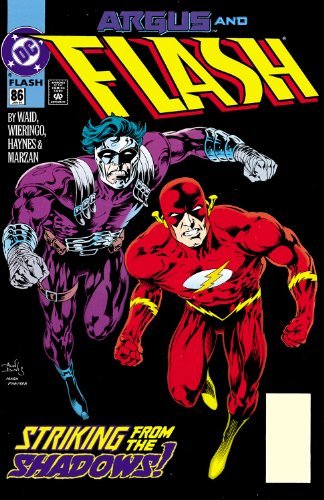
The Flash (1987-2009) #86
1993

The Flash (1987-2009) #87
1994

The Flash (1987-2009) #88
1993

The Flash (1987-2009) #89
1994

The Flash (1987-2009) #101
1995

The Flash (1987-2009) #102
1995

The Flash (1987-2009) #104
1995

The Flash (1987-2009) #106
1995
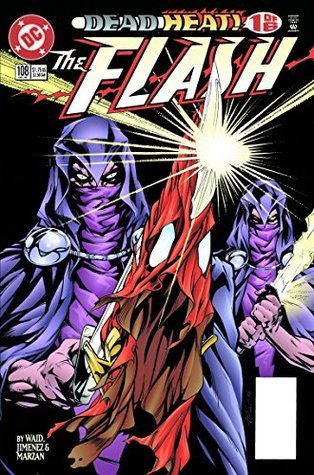
The Flash (1987-2009) #108
1995

The Flash (1987-2009) #113
1996

The Flash (1987-2009) #127
1997
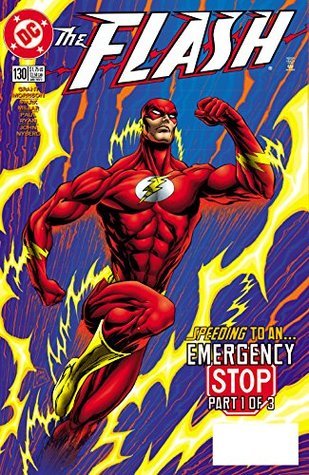
The Flash (1987-2009) #130
1997
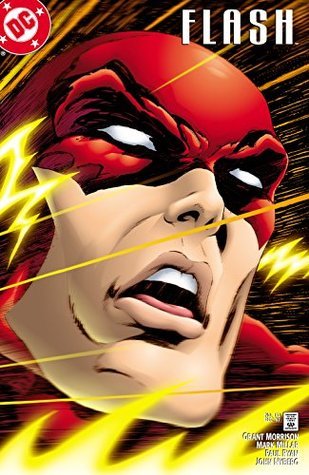
The Flash (1987-2009) #132
1997
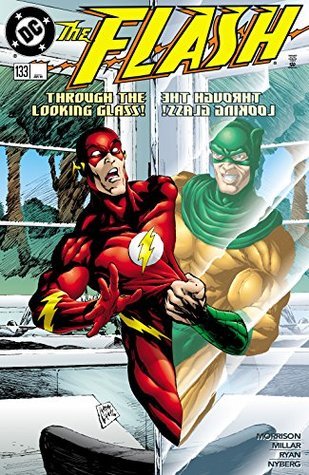
The Flash (1987-2009) #133
1997
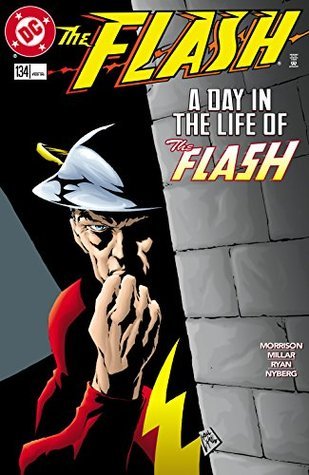
The Flash (1987-2009) #134
1998

The Flash (1987-2009) #135
1998
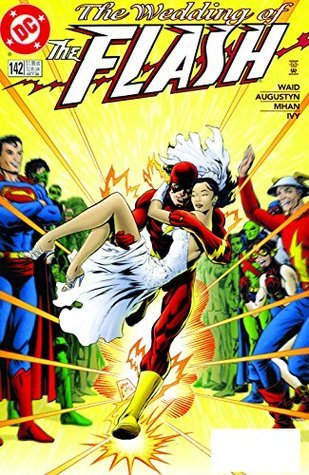
The Flash (1987-2009) #142
1998

The Flash (1987-2009) #150
2013

The Flash (1987-2009) #152
2013

The Flash (1987-2009) #153
2013
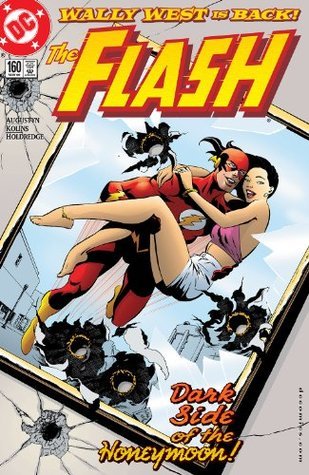
The Flash (1987-2009) #160
2000
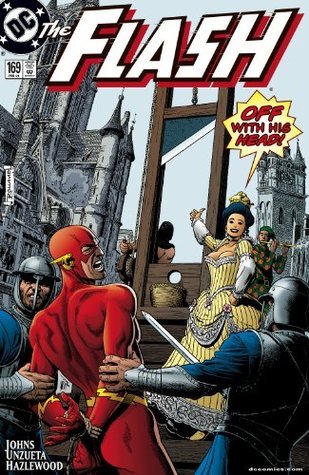
The Flash (1987-2009) #169
2000
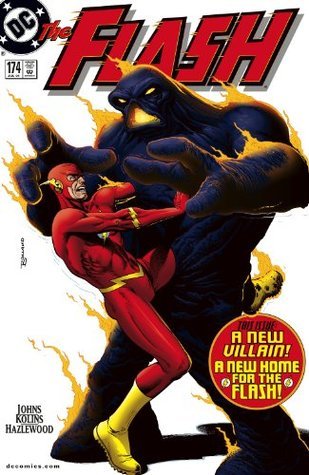
The Flash (1987-2009) #174
2001
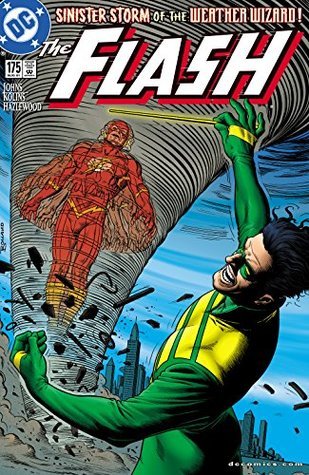
The Flash (1987-2009) #175
2001
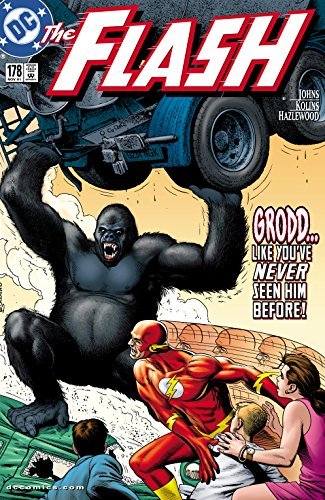
The Flash (1987-2009) #178
2001
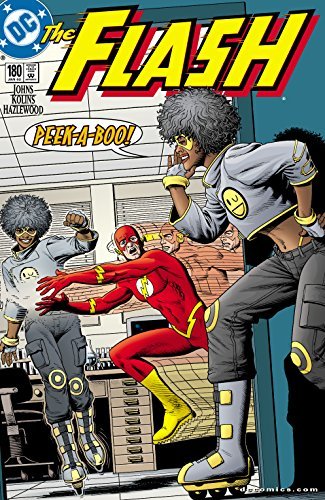
The Flash (1987-2009) #180
2001
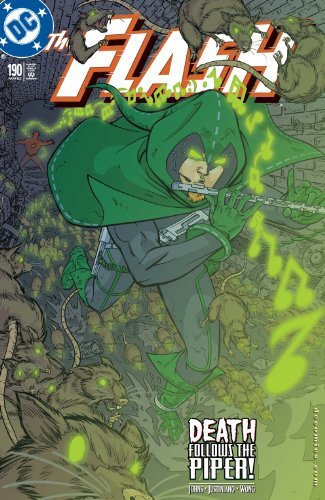
The Flash (1987-2009) #190
2002
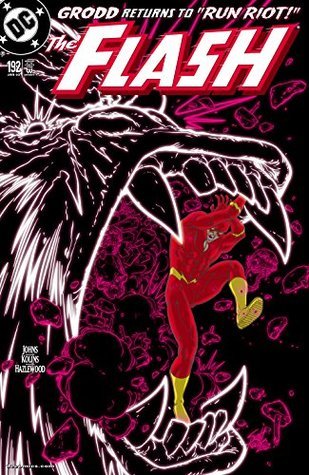
The Flash (1987-2009) #192
2002
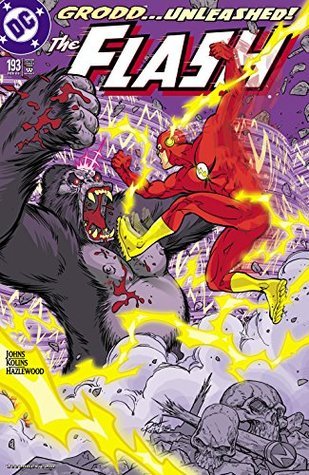
The Flash (1987-2009) #193
2002
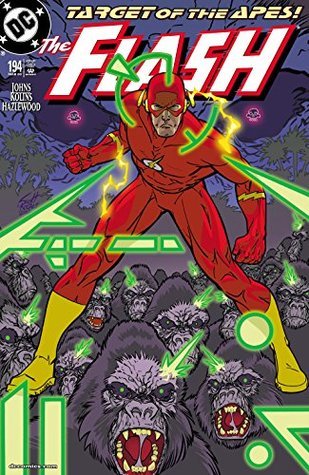
The Flash (1987-2009) #194
2003
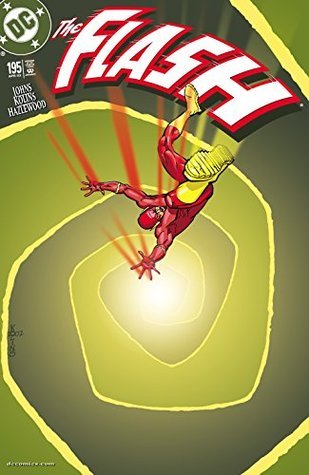
The Flash (1987-2009) #195
2003

The Flash (1987-2009) #196
2000
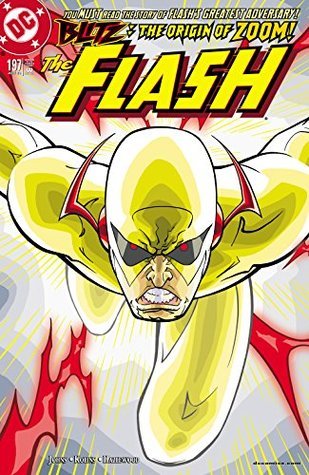
The Flash (1987-2009) #197
2003
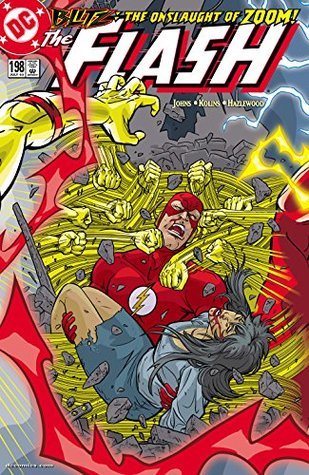
The Flash (1987-2009) #198
2003

The Flash (1987-2009) #200
2003
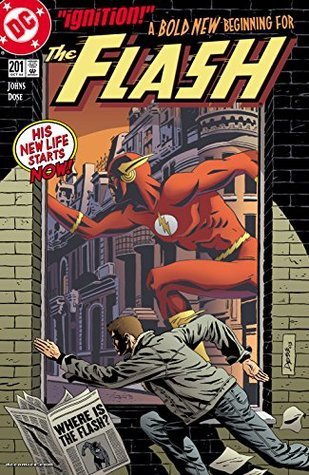
The Flash (1987-2009) #201
2003
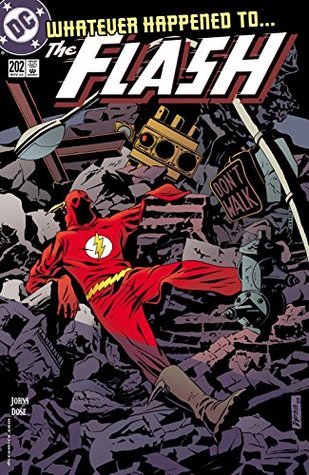
The Flash (1987-2009) #202
2003
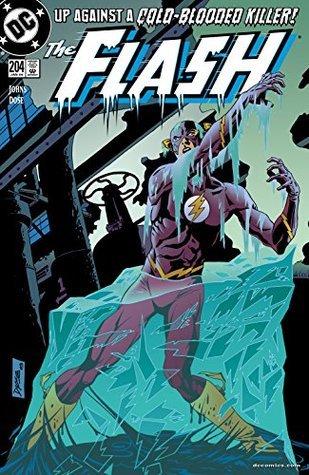
The Flash (1987-2009) #204
2003
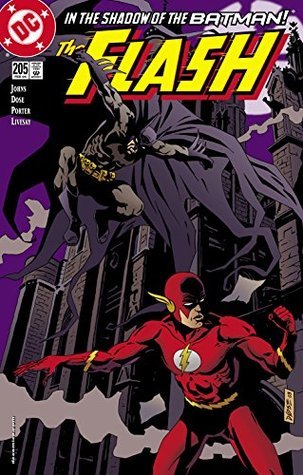
The Flash (1987-2009) #205
2003
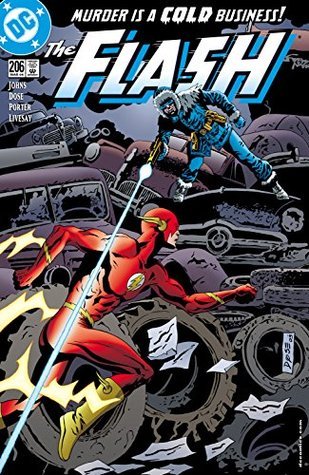
The Flash (1987-2009) #206
2004
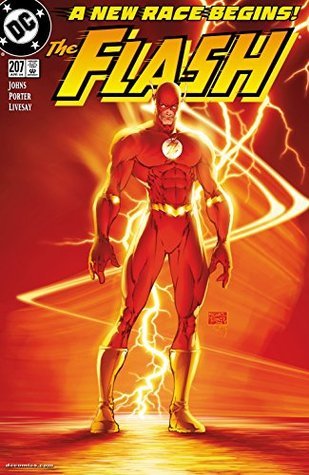
The Flash (1987-2009) #207
2004
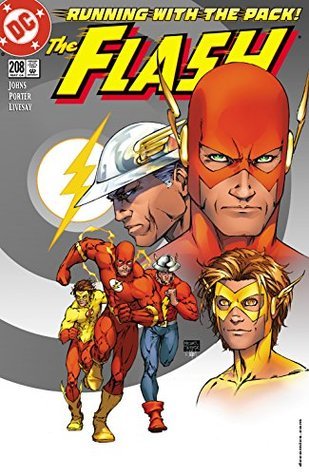
The Flash (1987-2009) #208
2004
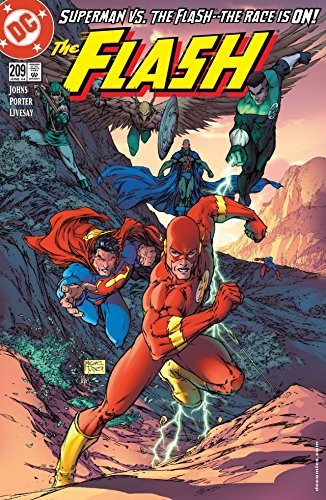
The Flash (1987-2009) #209
2004

The Flash (1987-2009) #210
2004
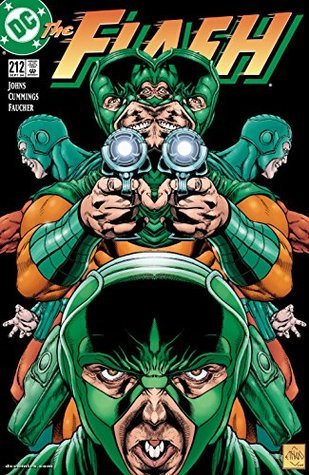
The Flash (1987-2009) #212
2004
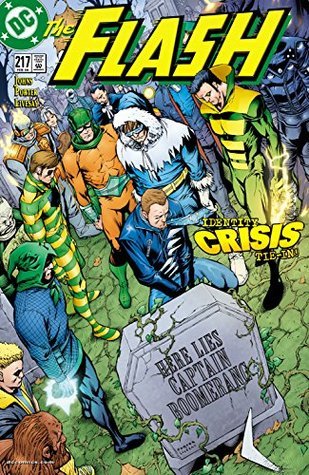
The Flash (1987-2009) #217
2005
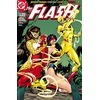
The Flash (1987-2009) #219
2005
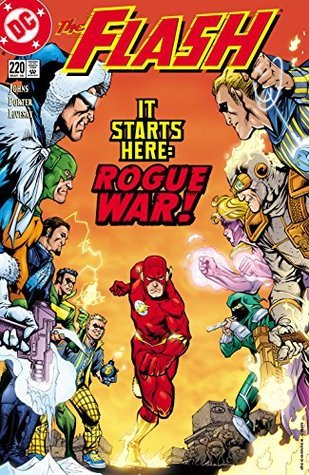
The Flash (1987-2009) #220
2005
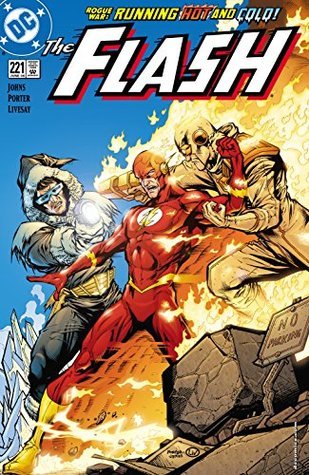
The Flash (1987-2009) #221
2005
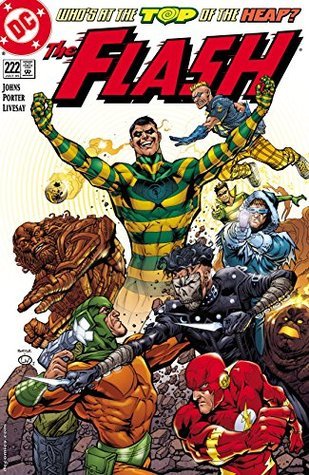
The Flash (1987-2009) #222
2005
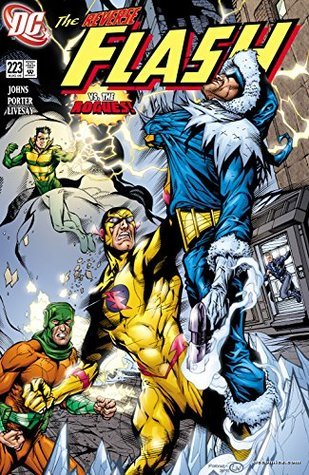
The Flash (1987-2009) #223
2005
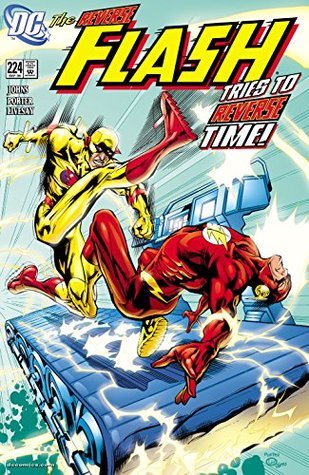
The Flash (1987-2009) #224
2005
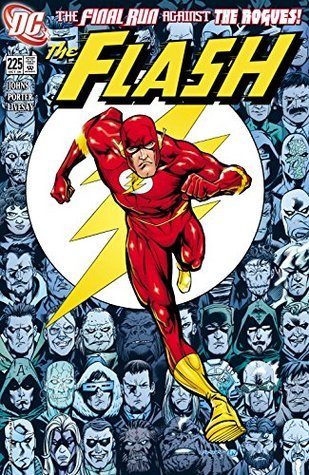
The Flash (1987-2009) #225
2005
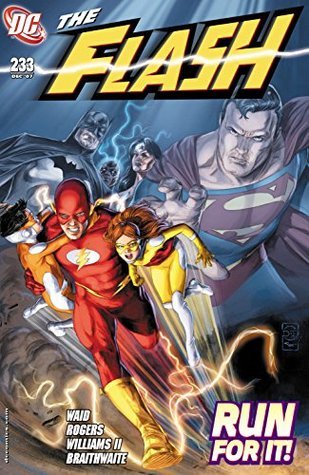
The Flash (1987-2009) #233
2007
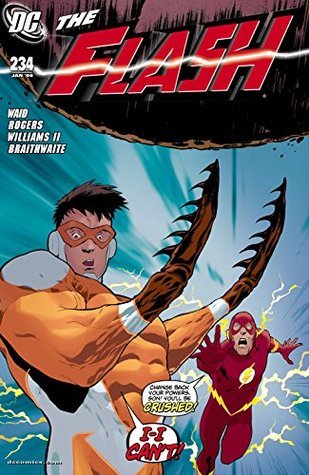
The Flash (1987-2009) #234
2007
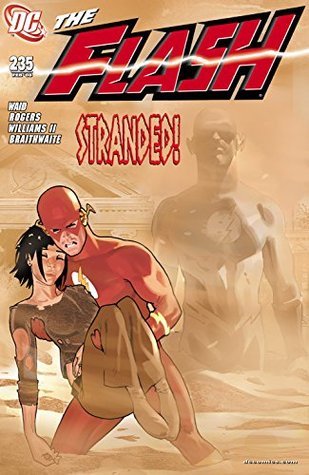
The Flash (1987-2009) #235
2007
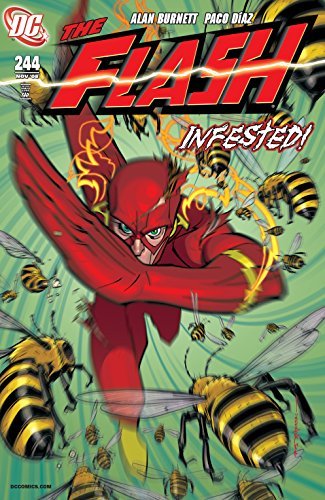
The Flash (1987-2009) #244
2008
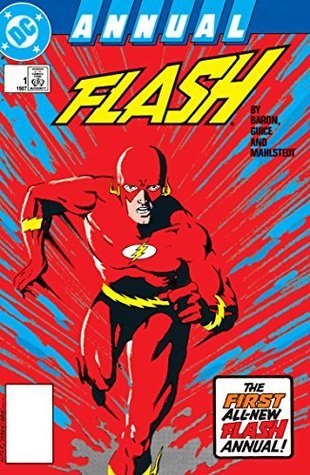
The Flash (1987-2009)
Annual #1
1987
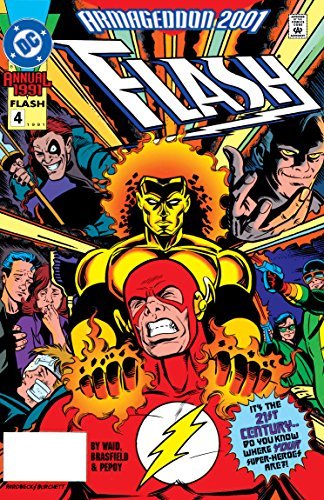
The Flash (1987-2009)
Annual #4
1991
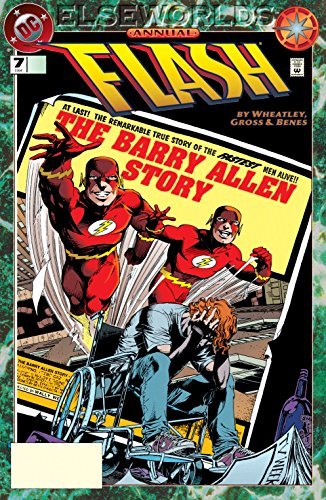
The Flash (1987-2009)
Annual #7
1994
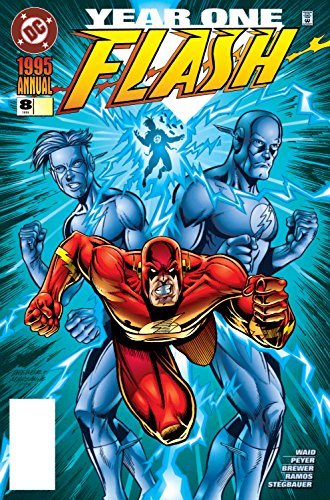
The Flash (1987-2009)
Annual #8
1995
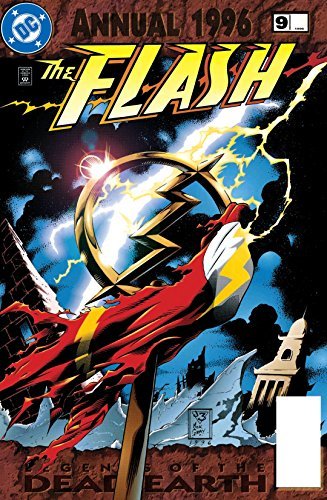
The Flash (1987-2009) Annual #9
1996
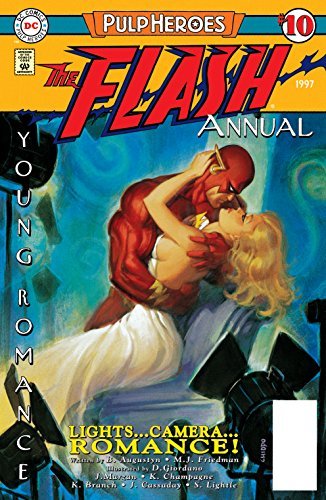
The Flash (1987-2009)
Annual #10
1997
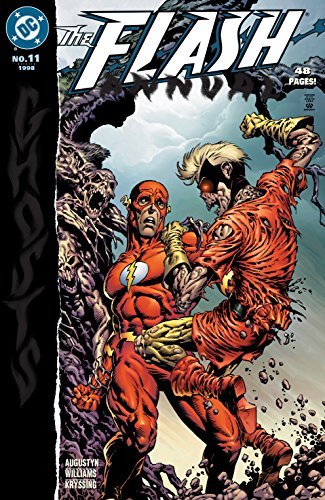
The Flash (1987-2009) Annual #11
1998
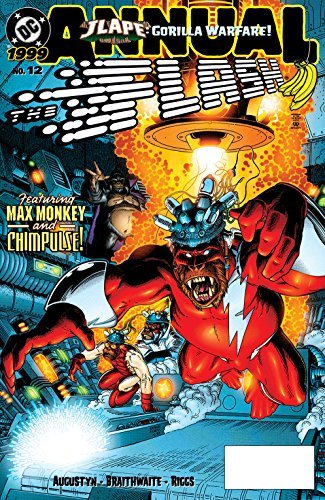
The Flash (1987-2009)
Annual #12
1999

Flash
Born to Run
1992

The Flash by Mark Waid, Book One
1992

The Flash by Mark Waid, Book Two
1993

The Flash
Terminal Velocity
1995

The Flash by Mark Waid, Book Four
1995

The Flash by Mark Waid, Book Five
1996

The Flash
Dead Heat
2000

The Flash by Mark Waid, Book Six
1997

The Flash by Grant Morrison & Mark Millar
1998

The Flash Omnibus, Volume 1
2011

The Flash by Geoff Johns, Book One
2015

The Flash, Vol. 3
Rogues
2003

The Flash, Vol. 4
Crossfire
2004

The Flash by Geoff Johns, Book Four
2017

The Flash (1987-2009)
Rogue War
2006
Authors

Augustyn got his start in the industry in 1986 as an editor for Tru Studios' Trollords. He then edited Syphons and Speed Racer for NOW Comics in 1987. In 1988, he joined DC, starting out as a co-editor on Action Comics during its period as a weekly title. During the late 1980s and early 1990s Augustyn was an editor for DC Comics, where he edited The Flash, Justice League and the Impact Comics line of titles. Augustyn was recognized for his work in the industry with the Wizard Fan Award for Favorite Editor in 1994. He served as the managing editor of Visionary Comics Studio. As editor of The Flash beginning in 1989, Augustyn brought in Mark Waid as writer in 1992, which led to an acclaimed eight-year run. Under Augustyn's stewardship, the Flash was brought out from the shadow of his predecessors and increased his powers dramatically. Other Augustyn-Waid editor-writer partnerships included The Comet (DC/Impact, 1992) and Impulse (DC, 1995–1996). Augustyn currently works as story editor for publisher Red Giant Entertainment and their Giant-Size Comics line of free print comic book titles which debuted on May 3, 2014 as part of Free Comic Book Day.[


Mark Millar is the New York Times best-selling writer of Wanted, the Kick-Ass series, The Secret Service, Jupiter’s Legacy, Jupiter’s Circle, Nemesis, Superior, Super Crooks, American Jesus, MPH, Starlight, and Chrononauts. Wanted, Kick-Ass, Kick-Ass 2, and The Secret Service (as Kingsman: The Secret Service) have been adapted into feature films, and Nemesis, Superior, Starlight, War Heroes, Jupiter’s Legacy and Chrononauts are in development at major studios. His DC Comics work includes the seminal Superman: Red Son, and at Marvel Comics he created The Ultimates – selected by Time magazine as the comic book of the decade, Wolverine: Old Man Logan, and Civil War – the industry’s biggest-selling superhero series in almost two decades. Mark has been an Executive Producer on all his movie adaptations and is currently creative consultant to Fox Studios on their Marvel slate of movies.


Tom Peyer is an American comic book creator and editor. He is known for his 1999 revisioning of Golden Age super-hero Hourman, as well as his work on the Legion of Super-Heroes in the 1990s. An editor at DC Comics/Vertigo from 1987 to 1993, he served as assistant editor on Neil Gaiman's groundbreaking Sandman. Peyer has also worked for Marvel Comics, Wildstorm, and Bongo Comics. With John Layman, he wrote the 2007–2009 Tek Jansen comic book, based on the Stephen Colbert character.

Peter J. Tomasi is an American comic book writer, best known for his work for DC Comics, such as Batman And Robin; Superman; Super Sons; Batman: Detective Comics; Green Lantern Corps; and Superman/Wonder Woman; as well as Batman: Arkham Knight; Brightest Day; Green Lantern: Emerald Warriors; Nightwing; Black Adam, and many more. In the course of his staff career at DC Comics, Tomasi served as a group editor and ushered in new eras for Batman, Green Lantern, and the JSA, along with a host of special projects like Kingdom Come. He is also the author of the creator-owned titles House Of Penance with artist Ian Bertram; Light Brigade with artist Peter Snejbjerg; The Mighty with Keith Champagne and Chris Samnee; and the critically acclaimed epic graphic novel The Bridge: How The Roeblings Connected Brooklyn To New York, illustrated by Sara DuVall and published by Abrams ComicArts. In 2018 New York Times best-selling author Tomasi received the Inkpot Award for achievement in comics.
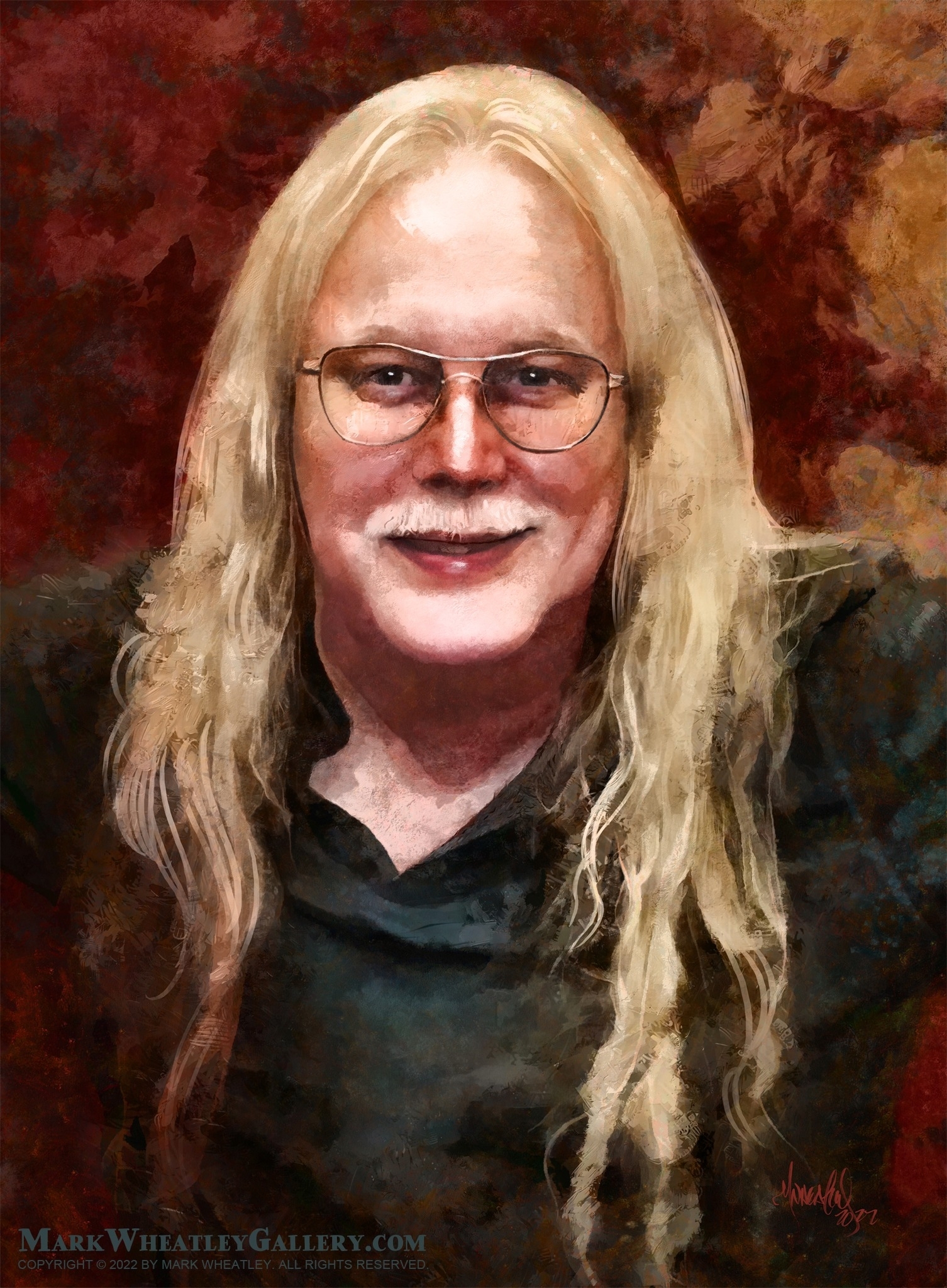

Gerard Jones is an award-winning American author and comic book writer. From 1987 to 2001, Jones wrote many comic books for Marvel Comics, DC Comics, Dark Horse Comics, Viz Media, Malibu Comics and other publishers; including Green Lantern, Justice League, Prime, Ultraforce, El Diablo, Wonder Man, Martian Manhunter, Elongated Man, The Shadow, Pokémon, and Batman. Jones is author of the Eisner Award-winning Men of Tomorrow: Geeks, Gangsters, and the Birth of the Comic Book (2004); Killing Monsters: Why Children Need Fantasy, Superheroes and Make-Believe Violence (2002), and Honey I'm Home: Sitcoms Selling the American Dream (1993). Jones is co-author with Will Jacobs of The Beaver Papers (1983), The Comic Book Heroes (1985, 1996), and the comic book The Trouble with Girls (1987-1993). From 1983 to 1988, Jacobs and Jones were contributors to National Lampoon magazine. He and Jacobs began writing humorous fiction again in 2008 with the online series My Pal Splendid Man and Million Dollar Ideas
Marz is well known for his work on Silver Surfer and Green Lantern, as well as the Marvel vs DC crossover and Batman/Aliens. He also worked on the CrossGen Comics series Scion, Mystic, Sojourn, and The Path. At Dark Horse Comics he created Samurai: Heaven and Earth and various Star Wars comics. He has also done work for Devil’s Due Publishing’s Aftermath line, namely Blade of Kumori. In 1995, he had a brief run on XO-Manowar, for Valiant Comics. Marz’s more recent works includes a number of Top Cow books including Witchblade and a Cyberforce relaunch. For DC Comics, he has written Ion, a 12 part comic book miniseries that followed the Kyle Rayner character after the One Year Later event, and Tales of the Sinistro Corps Presents: Parallax and Tales of the Sinestro Corps Presents: Ion, two one-shot tie-ins to the Green Lantern crossover, The Sinestro Corps War. His current creator owned projects include “Dragon Prince” (Top Cow) and “Samurai : Heaven and Earth” (Dark Horse). Photo by Luigi Novi.

Geoff Johns originally hails from Detroit, Michigan. He attended Michigan State University, where he earned a degree in Media Arts and Film. He moved to Los Angeles in the late 1990s in search of work within the film industry. Through perseverance, Geoff ended up as the assistant to Richard Donner, working on Conspiracy Theory and Lethal Weapon 4. During that time, he also began his comics career writing Stars and S.T.R.I.P.E. and JSA (co-written with David S. Goyer) for DC Comics. He worked with Richard Donner for four years, leaving the company to pursue writing full-time. His first comics assignments led to a critically acclaimed five-year run on the The Flash. Since then, he has quickly become one of the most popular and prolific comics writers today, working on such titles including a highly successful re-imagining of Green Lantern, Action Comics (co-written with Richard Donner), Teen Titans, Justice Society of America, Infinite Crisis and the experimental breakout hit series 52 for DC with Grant Morrison, Greg Rucka and Mark Waid. Geoff received the Wizard Fan Award for Breakout Talent of 2002 and Writer of the Year for 2005, 2006, 2007, and 2008 as well as the CBG Writer of the Year 2003 thru 2005, 2007 and CBG Best Comic Book Series for JSA 2001 thru 2005. Geoff also developed BLADE: THE SERIES with David S. Goyer, as well as penned the acclaimed “Legion” episode of SMALLVILLE. He also served as staff writer for the fourth season of ROBOT CHICKEN. Geoff recently became a New York Times Bestselling author with the graphic novel Superman: Brainiac with art by Gary Frank.
see also under Butch Guice Jackson "Butch" Guice was an American comics artist who worked in the comics industry beginning in the 1980s.

William Francis Messner-Loebs (born William Francis Loebs, Jr.) is an American comics artist and writer from Michigan, also known as Bill Loebs and Bill Messner-Loebs. His hyphenated surname is a combination of his and his wife Nadine's unmarried surnames. In the 1980s and 1990s he wrote runs of series published by DC Comics, Image Comics, Comico, and other comics publishers, including DC's superhero series Flash and Wonder Woman among others. Additionally he has both written and drawn original creator-owned works, such as Journey: The Adventures of Wolverine MacAlistaire.


Grant Morrison has been working with DC Comics for twenty five years, after beginning his American comics career with acclaimed runs on ANIMAL MAN and DOOM PATROL. Since then he has written such best-selling series as JLA, BATMAN and New X-Men, as well as such creator-owned works as THE INVISIBLES, SEAGUY, THE FILTH, WE3 and JOE THE BARBARIAN. In addition to expanding the DC Universe through titles ranging from the Eisner Award-winning SEVEN SOLDIERS and ALL-STAR SUPERMAN to the reality-shattering epic of FINAL CRISIS, he has also reinvented the worlds of the Dark Knight Detective in BATMAN AND ROBIN and BATMAN, INCORPORATED and the Man of Steel in The New 52 ACTION COMICS. In his secret identity, Morrison is a "counterculture" spokesperson, a musician, an award-winning playwright and a chaos magician. He is also the author of the New York Times bestseller Supergods, a groundbreaking psycho-historic mapping of the superhero as a cultural organism. He divides his time between his homes in Los Angeles and Scotland.

